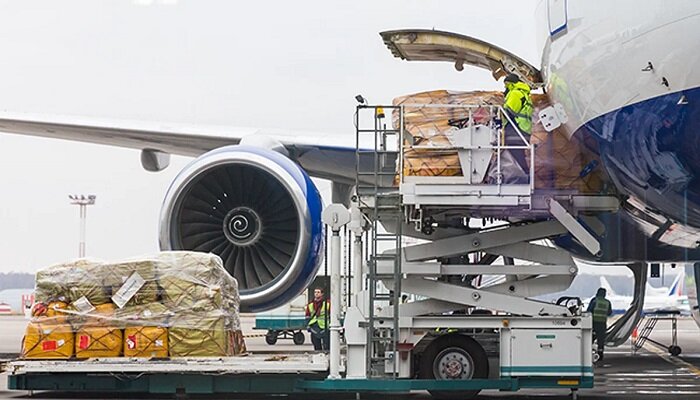As per the latest figures rolled out by the International Air Transport Association (IATA), middle eastern carriers have gone on to report a decline of 10.7% when it comes to global as well as international demand last year as compared to the year before that. It has also reported an increase in capacity of 4.3%.
If one compares this with the pre-pandemic levels, i.e., in 2019, demand happened to be 1.6% below in the case of global and international operations, and the capacity saw a decrease of 6.3%, which was -6.1% in the case of international operations.
The airlines across the region in December posted a decrease of 14.4% in demand for both global and international operations in comparison to 2021. It is well to be noted that the capacity surged by 2.8%, i.e., +3% in the case of international operations, within the same period.
Globally, throughout the year, demand in 2022 went down by 8% as compared to what had taken place a year before that. As compared to 2021, it declined 1.6% in both global and international scenarios.
It is well to be noted that the capacity in 2022 will be more than 3% above the 2021 figures and +4.5% in the case of international operations. As compared to the 2019 scenario, the capacity went on to decline by 8.2%, which was -9% of the total international operations.
Apparently, December also went on to witness a softening in performance, where global demand went 15.3% below 2021 levels. The cargo demand for the month went below 2021 levels as compared to March 2022.
Willie Walsh, IATA’s Director General, added that in the scenario of prominent political and economic uncertainties, the air cargo performance has indeed declined as compared to the extraordinary levels that were witnessed in 2021. This brought the air cargo demand to 1.6% below pre-pandemic levels. The consistent measures by major governments so as to fight inflation by way of cooling economies are anticipated to result in a further dip in cargo volumes across 2023 to -5.6% vis-à-vis 2019, he said,
However, it is going to take time for these measures to bite into cargo rates. The good news in the case of air cargo is that the average yields as well as overall revenue for this year are expected to remain above pre-pandemic levels. This should go on to offer some respite in what is likely to be a challenging trading scenario for the rest of the year.


































